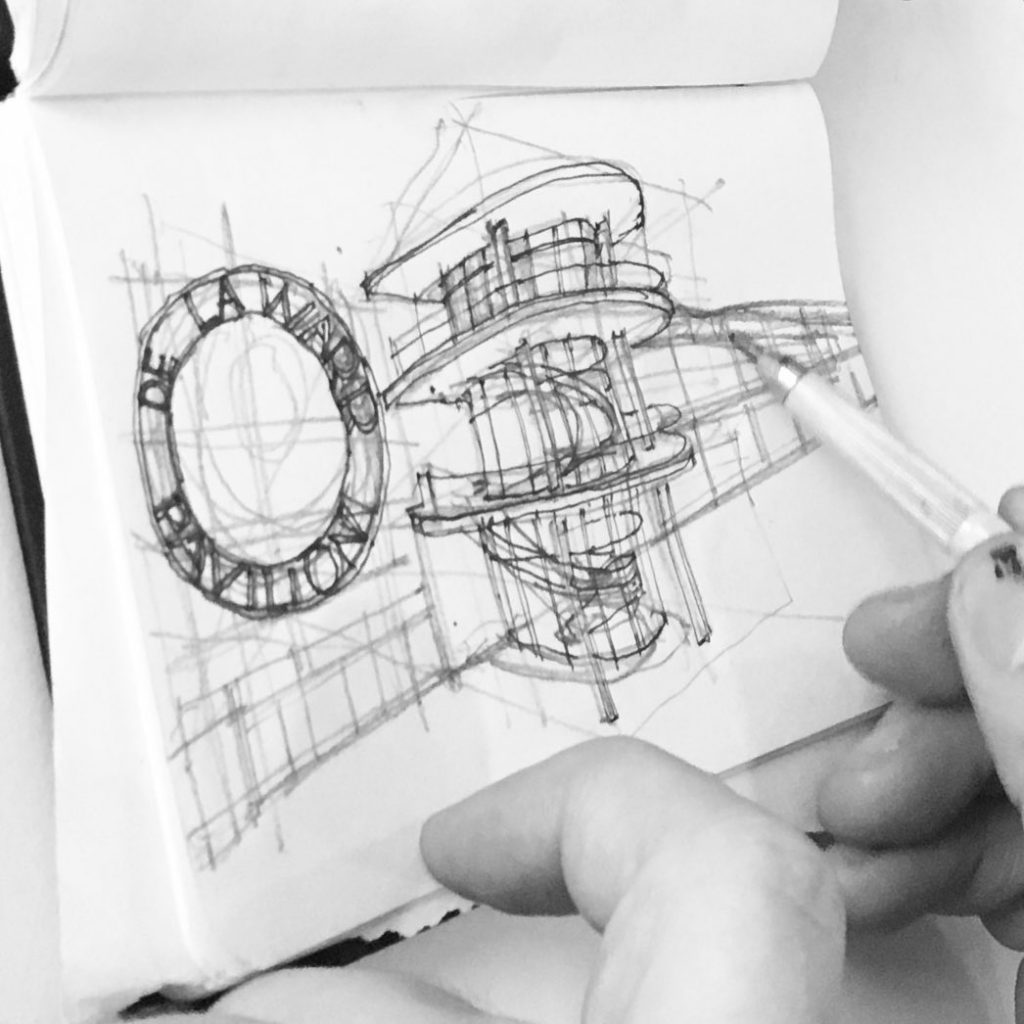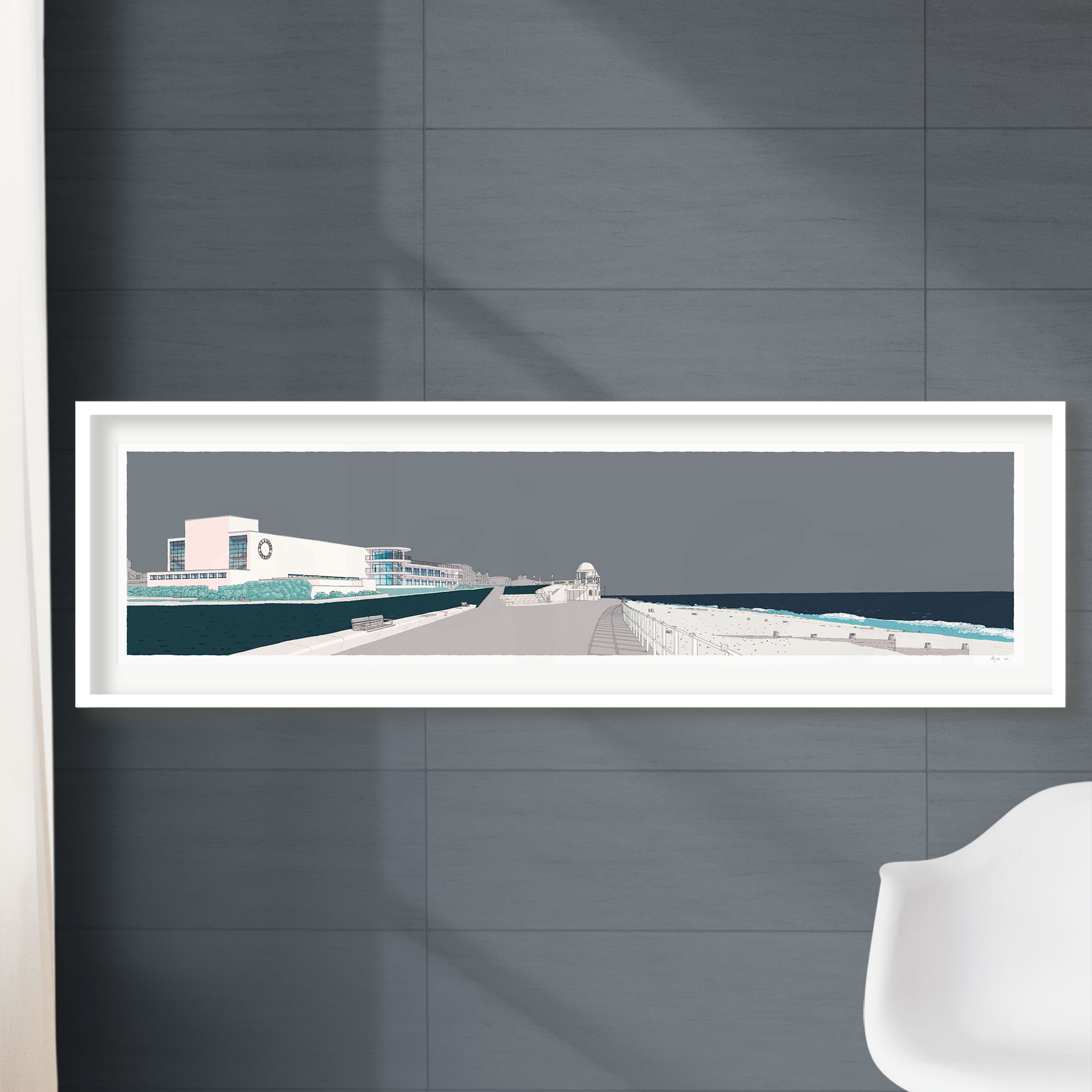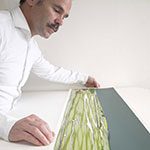De la Warr Pavilion Bexhill on Sea Silver Grey
£192.00
Description
‘De la Warr Pavilion Bexhill on Sea Silver Grey’
Print description
Panoramic view of Bexhill on Sea promenade with the De la Warr Pavilion and the sea.
Print details
Panoramic format. Print size 124 x 30.5 cm approx. Signed print from a limited edition of 100. From original ink drawing to which I apply colour digitally. Printed on fine art paper using archival inks.
De La Warr Pavilion
The architectural competition
The new seafront building was the result of an architectural competition initiated by Herbrand Sackville, 9th Earl De La Warr, after whom the building was named. He had a clear view of what the design should be. For the Pavilion function and appearance the Earl specified the following: ‘It is the intention of the promoters that the building should be simple in design, and suitable for a holiday resort in the south of England. Character in design can be obtained by the use of large window spaces, terraces and canopies. No restriction as to style of architecture will be imposed but buildings must be simple, light in appearance and attractive, suitable for a Holiday Resort. Heavy stonework is not desirable […] Modern steel framed or ferro-cement construction may be adopted.’
The Architects’ Journal in February 1934 announced the building competition, with a programme that specified an entertainment hall to seat at least 1500 people; a 200-seat restaurant; a reading room; and a lounge. Run by the Royal Institute of British Architects, this competition attracted over 230 entrants, many of them practising in the Modernist style.
The International Style
The architects selected for the project, Erich Mendelsohn and Serge Chermayeff, were leading figures in the Modern Movement. The aesthetics employed in the International Style proved especially suited to the building, tending towards streamlined, industrially-influenced designs, often with expansive metal-framed windows, and eschewing traditional brick and stonework in favour of concrete and steel construction. Amongst the building’s most innovative features was its use of a welded steel frame construction.
Construction of the De La Warr Pavilion began in January 1935. The building was opened on 12 December of the same year by the Duke and Duchess of York (later King George VI and Queen Elizabeth).

Modernist visits to the Bauhaus in Dessau
In the summer of 2019 I visited the Bauhaus in Dessau for which I adopted a ‘modernist look’. This looks achieved with a half button short sleeve shirt and a pair of round framed glasses. These glasses were the trademark of Walter Gropius, who was the founder architect of the Bauhaus in 1919. Modernist glasses for a modernist building!
Current history
In 2002, after a long application process the De La Warr Pavilion was granted £6 Million by the Heritage Lottery Fund & the Arts Council of England, to restore the building and turn it into a contemporary arts centre. Work began in 2004 on the De La Warr Pavilion’s regeneration and a transfer of the buildings ownership from Rother District Council to the De La Warr Pavilion Charitable Trust. On 15 October 2005, after an 18 month long extensive programme of restoration, the De La Warr Pavilion officially reopened as a contemporary arts centre, encompassing one of the largest galleries on the south coast of England. (Wikipedia)

Print collection Ocean Silver Grey
This print belongs to a tonal collection named ‘Silver Grey’. It has a near monochrome colour palette with a light grey that resembles silver. I developed this collection as a result of a private commission for a client that owns and love monochromatic art. The result is a classic timeless feeling to the piece. If the Modernist movement could be epitomised in a single phrase, many would choose Mies van der Rohe’s words: “less is more.”

Preparatory sketch De la Warr Pavilion
During a visit In December 2019 to De la Warr Pavilion, I decided to create this panoramic print. On the first floor café of this building I made the preparatory sketch shown above. It shows the beautiful spiral staircase that sits inside the cylindrical glass enclosure.
This building has inspired many artists though my print focuses on the relationship between the building and the sea. This connection justifies the use of extensive glass to provide uninterrupted views of the Channel, and is indeed a quintessential feature in modernist buildings.

Only logged in customers who have purchased this product may leave a review.


Reviews
There are no reviews yet.